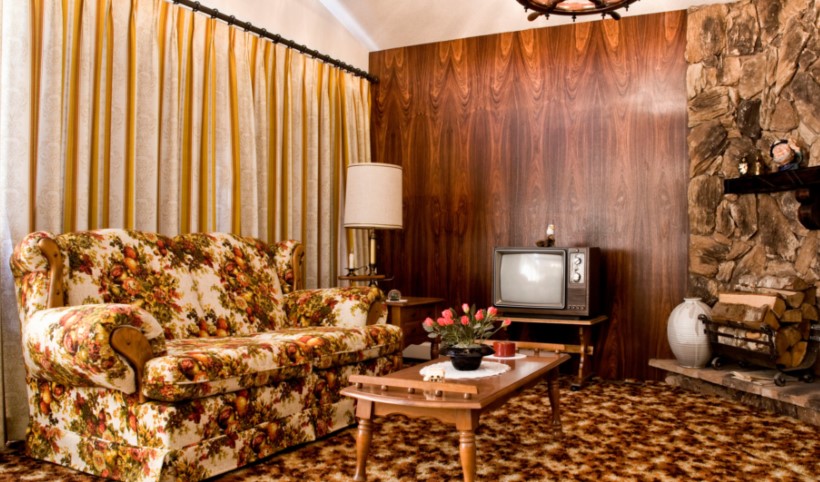Homeownership has been a staple of ‘the American Dream’ for centuries, but the silhouettes and layouts have changed throughout the years. American housing styles have changed, and continue to change, because homeowners’ tastes and lifestyles have evolved along with the trends in consumer marketing and advertising. Because of the industrial and economic changes in America, its housing styles have adapted out of necessity.
Here is an interesting rundown of what each decade meant for architecture and how homes have changed with the times.
1900s
During this era, Victorian architecture found expression in a wide variety of architectural styles. Today, you will recognize Victorian houses by their grand scale, ornate and colorful exteriors and interiors that feature fine craftsmanship. Excess is a hallmark of Victorian architecture.
1910s
After the excess and grandness of Victorian and Queen Anne houses, a simpler, more accessible home style was bound to become popular—think of today’s ‘farmhouse’ look. Influencing each housing style were changes in lifestyles, livelihoods and values. Sears Modern Homes were catalog and kit houses sold primarily through mail order by Sears, Roebuck and Co., an American retailer from 1908 to 1940. The Chicago-based operation sold around 75,000 homes to anyone who had the cash and access to a catalog to choose one.
1920s
Housing styles took a sharp turn away from traditional styles with the introduction of the Art Deco design, and a new age in home architecture came on the scene. Glamour and sophistication are the feelings most associated with Art Deco. Interiors were characterized by geometric lines, bold colors and statement mirrors. Metals, particularly chrome and aluminum, are seen both inside and outside houses in the 1920s as opposed to wood and brick.
1930s
The stock market crash and the accompanying Great Depression impacted everything that happened in the United States between 1929 and 1930. This was a period of great uncertainty, reflected in houses which were called bungalows: a small house that is either single-story or has a second story built into a sloping roof.
1940s
World War II lasted from 1939 to 1945, and the returning soldiers, post-war, were motivated by victory and the G.I. Bill, with guaranteed home loans to soldiers so that they could become homeowners. The term, affectionately often referred to as “The American Dream” consisted of a house “with a white picket fence,” 2.5 kids, a car and a dog. The 1940s saw a blend of influences and trends, driven in large part by the needs of a post-World War II nation.
1950s
Housing in the 1950s were characterized by a homogeneous style of post-World War II sensibilities, affluence and family size. This period of architecture and home furnishings has become even more highly desired since it has become known, familiarly, as “mid-century modern”.
1960s
Housing from the 1960s is characterized by innovations that made residential living more convenient than ever before. It was a time of youth activism and political and cultural upheaval. Kitchens became larger with attached dining areas or breakfast nooks, in addition to formal dining rooms. Bathrooms were more colorful than ever before, with a proliferation of colored wallpaper, often in aggressive and exaggerated patterns, with tub and tile colors following suit. Most houses had hardwood floors that were usually covered with wall-to-wall carpeting as soon as buyers moved in, preserving the floors.
1970s
Housing stock from the 1970s blends holdover aesthetics from the 1960s with a new emphasis on organic and global elements. Homes like these may be characterized by brown interiors, shag carpeting, dark wood paneling and imposing stone fireplaces. The style of the Brady Bunch house could come to mind.
Stay tuned. In Part 2, we will look at the styles, tastes, and changes that have led us from the 80s, through the millennium and to the era of the pandemic. Think of ‘futuristic’ patterns, lacquer furniture, animal prints, and huge kitchen islands, Costco doors.


